Nursing Diagnosis For Von Willebrand Disease
Nursing diagnosis for von willebrand disease. 27 Barriers to an accurate diagnosis include a lack of understanding of the difference between normal and abnormal bleeding symptoms. Laboratory diagnosis requires a series of assays of von Willebrand factor VWF quantity and function and factor VIII activity with no single straightforward diagnostic test available to. Von Willebrand disease caused by a deficiency or abnormality of von Willebrand factor is the most common hereditary bleeding disorder occurring in approximately 1 of the population.
As a result of von Willebrand factor defici. A family history either of diagnosed VWD or of bleeding symptoms is typically present. 23-26 Patients experience delays of 15 years or more from the onset of bleeding symptoms to a VWD diagnosis and confusion remains about the distinction and importance of the types and subtypes described above.
New approaches and challenges. In some patients Factor VIII is also reduced and blood clotting is impaired. Women with the condition may not be aware of their condition at the time of childbirth but they are at high risk of postpartum hemorrhage even days after birth.
One from an EBP Clinical Guidelines and three from Peer Reviewed Journal Articles from Chamberlain Online Library published within the last 5 years. Von Willebrand factor levels of 30 IU per dL or lower are required for the definite diagnosis of inherited von Willebrand disease. Therefore defects in VWF can cause.
Diagnosing von Willebrand disease. This article is intended to raise the level of awareness in the health care community and define the nurses role in recognizing the clinical presentation of this underdiagnosed bleeding disorder. Provide symptoms and detailed treatment plan for a child with Von Willebrand disease Refrences.
These guidelines for diagnosis and management of von Willebrand disease VWD were developed for practicing primary care and specialist cliniciansincluding family physicians internists obstetrician-gynecologists pediatricians and nurse-practitionersas well as hematologists and laboratory medicine specialists. Technological advances in diagnostic testing for von Willebrand disease. Persons with levels of 30 to 50 IU per dL may not have the.
Von Willebrand disease caused by a deficiency or abnormality of von Willebrand factor is the most common hereditary bleeding disorder occurring in approximately 1 of the population. Diagnostic testing should be deferred during pregnancy because Factor VIII and vWf increase to normal levels.
Differential diagnosis for Von Willebrand disease paper.
Again the nursing assessment and patients clinical history are key to an accurate diagnosis. Diagnostic thresholds and criteria for the diagnosis and classification of VWD are covered in the concurrent guideline ASH ISTH NHF WFH 2020 Guidelines on the Diagnosis of von Willebrand Disease 18 Types 1 and 3 are quantitative defects with type 1 VWD representing a mild to moderate deficiency in the VWF protein and type 3 VWD representing the more severe form with near-complete. Treatment of Von Willebrand Disease. Disorder either have diminished production of von Willebrand factor or produce von Willebrand moleculesthat do not function normally hence their platelets do not adhere properly when blood vessels are injured and it takes longer for bleeding to stop. Von Willebrand disease VWD is an inherited bleeding disorder that is caused by deficiency or dysfunction of von Willebrand factor VWF a plasma protein that mediates the initial adhesion of platelets at sites of vascular injury and also binds and stabilizes blood clotting factor VIII FVIII in the circulation. Von Willebrand disease is a common autosomal. One from an EBP Clinical Guidelines and three from Peer Reviewed Journal Articles from Chamberlain Online Library published within the last 5 years. Hayward CP Moffat KA Graf L. Von Willebrand disease is the most prevalent inherited bleeding disorder affecting up to 13 of the population.
Int J Lab Hematol. Persons with levels of 30 to 50 IU per dL may not have the. Hayward CP Moffat KA Graf L. 23-26 Patients experience delays of 15 years or more from the onset of bleeding symptoms to a VWD diagnosis and confusion remains about the distinction and importance of the types and subtypes described above. Disorder either have diminished production of von Willebrand factor or produce von Willebrand moleculesthat do not function normally hence their platelets do not adhere properly when blood vessels are injured and it takes longer for bleeding to stop. Treatment of Von Willebrand Disease. Definitive diagnosis is required to ensure access to care for those with a bleeding phenotype.

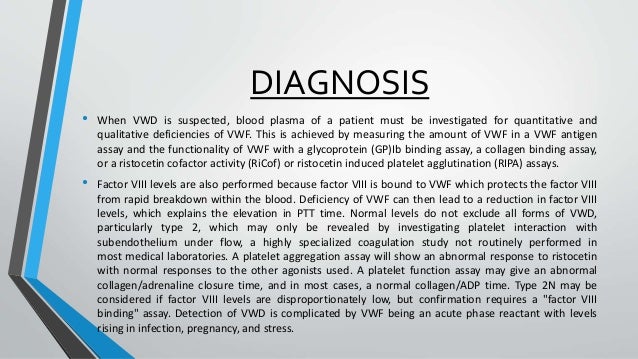
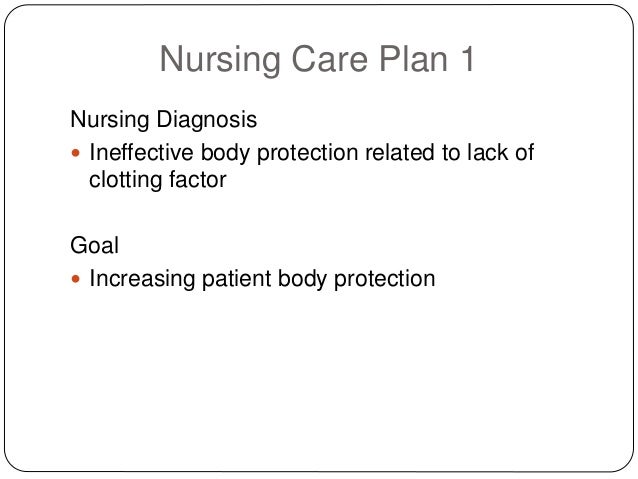

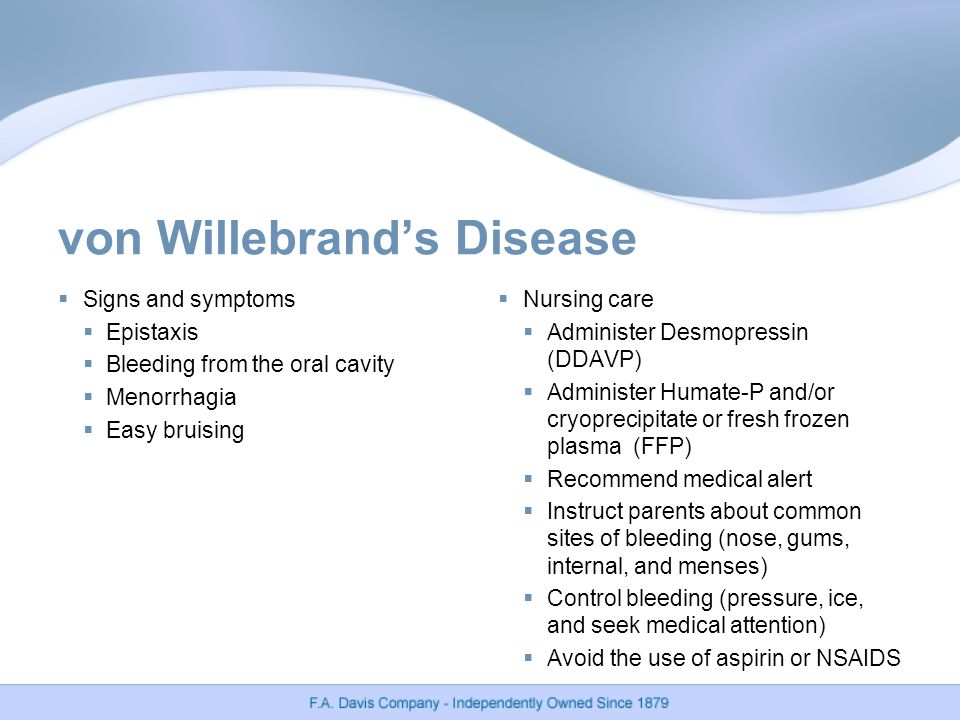



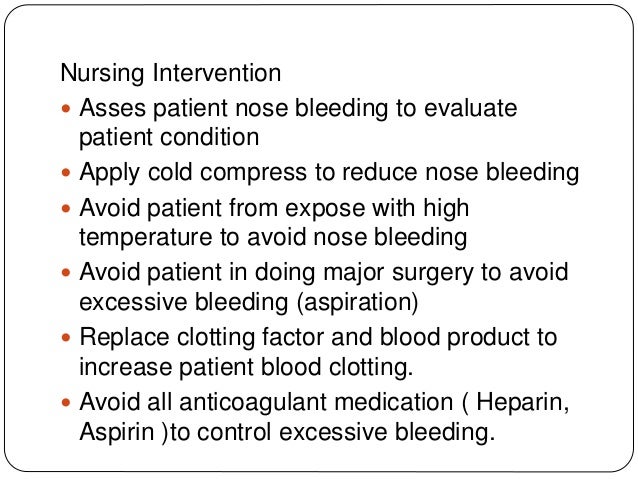














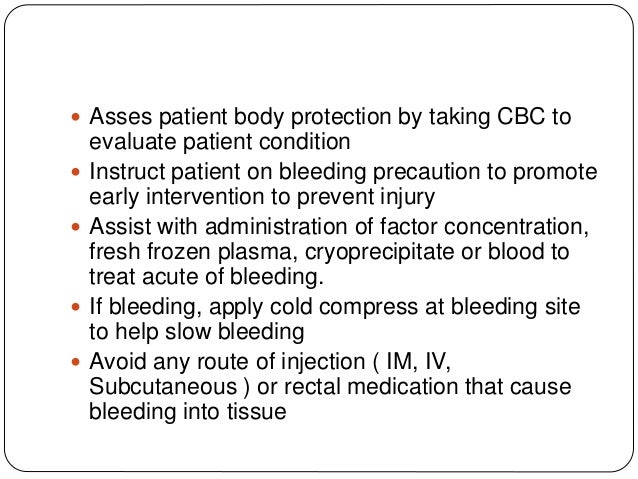
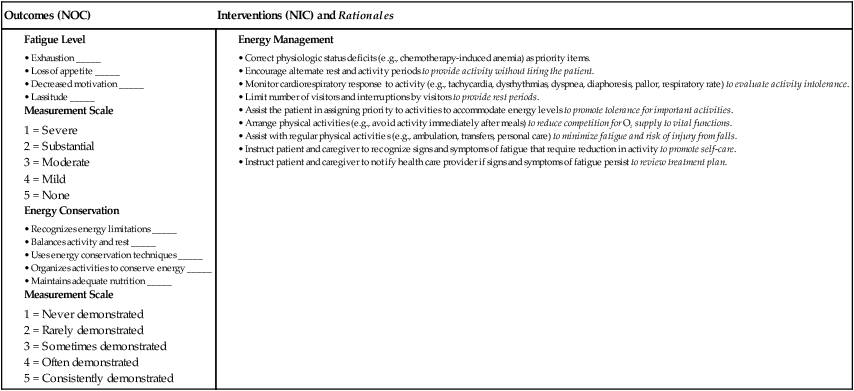
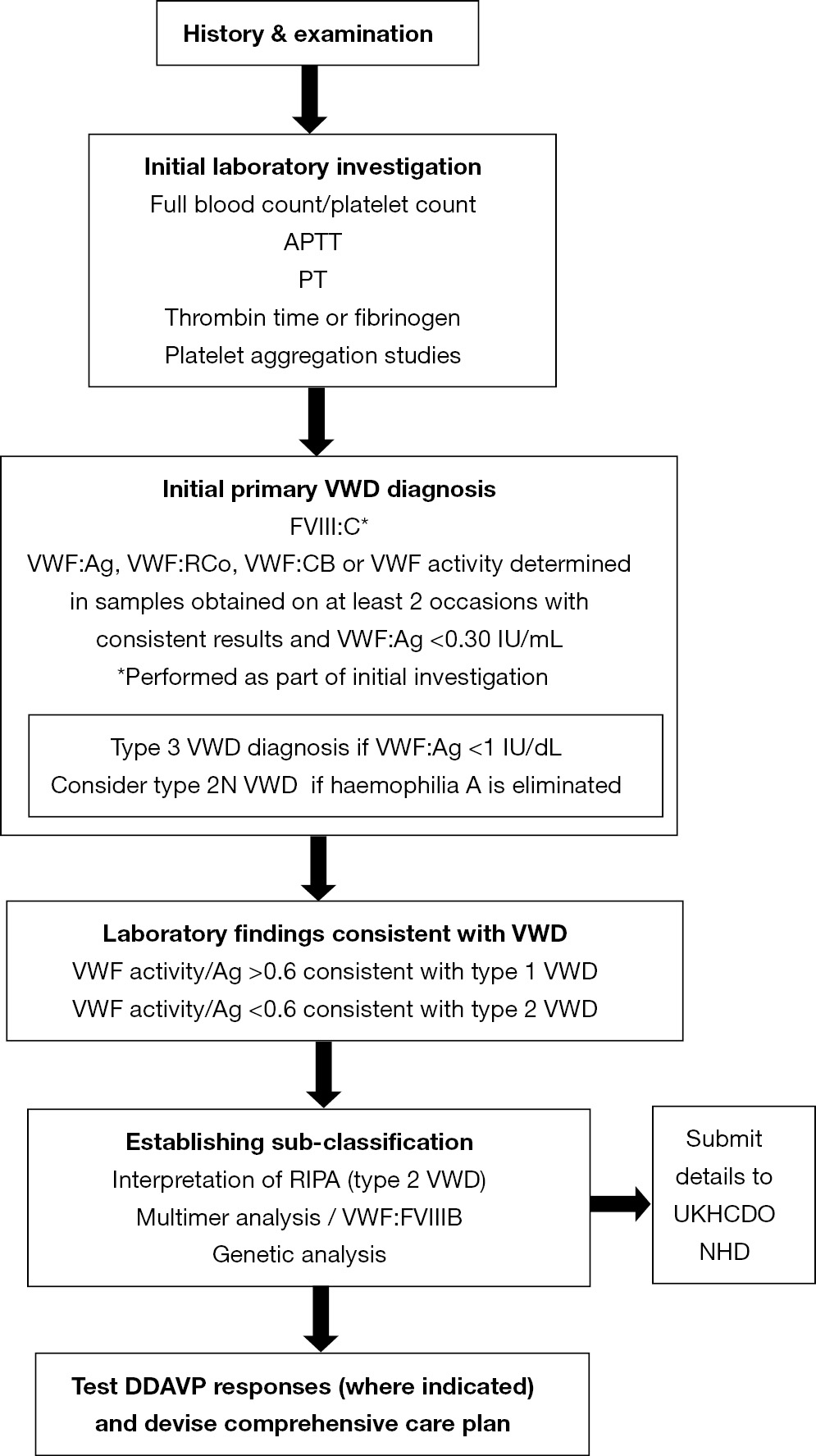





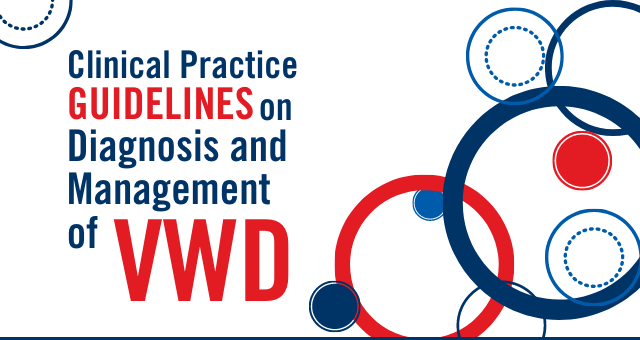
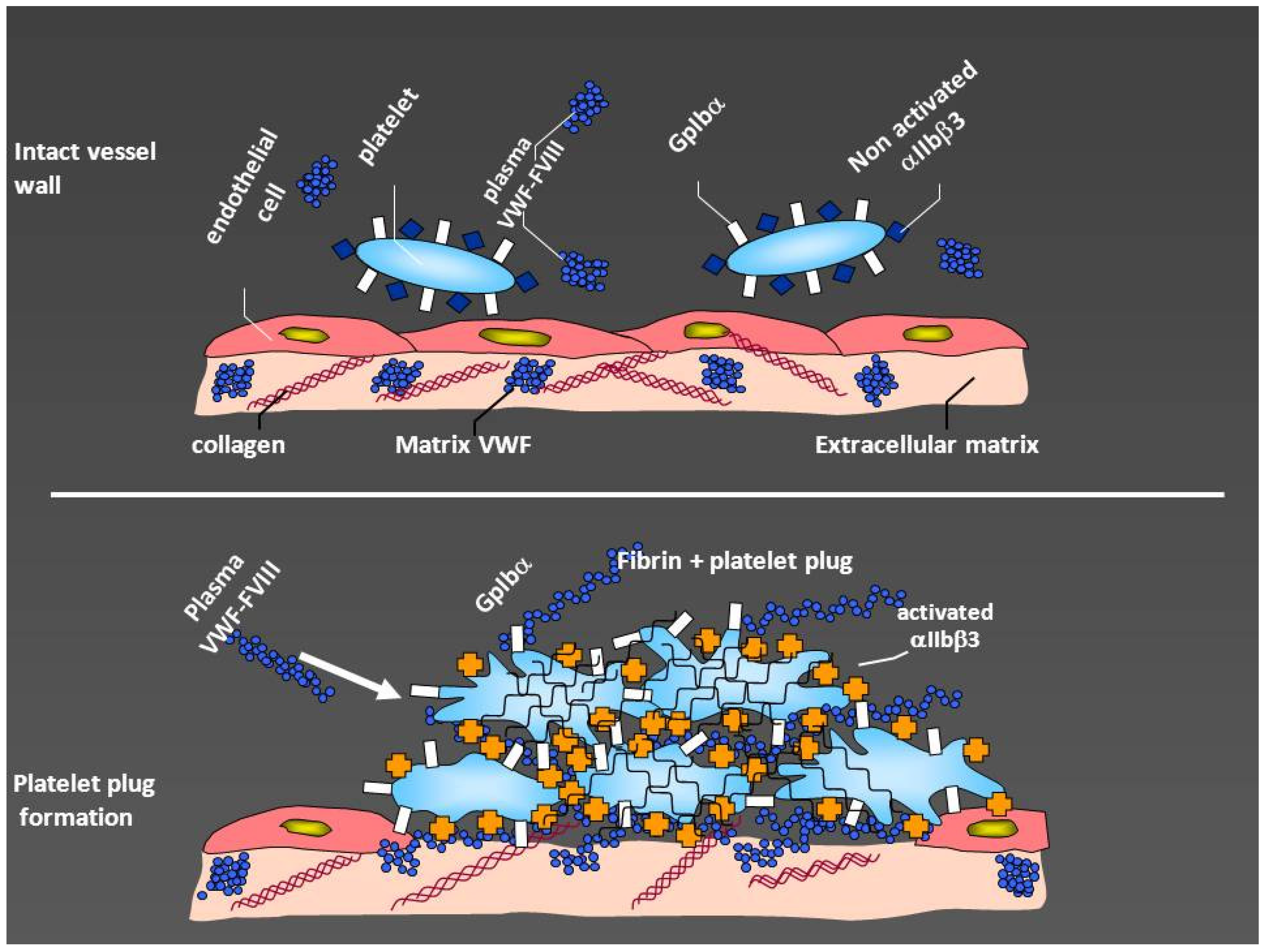






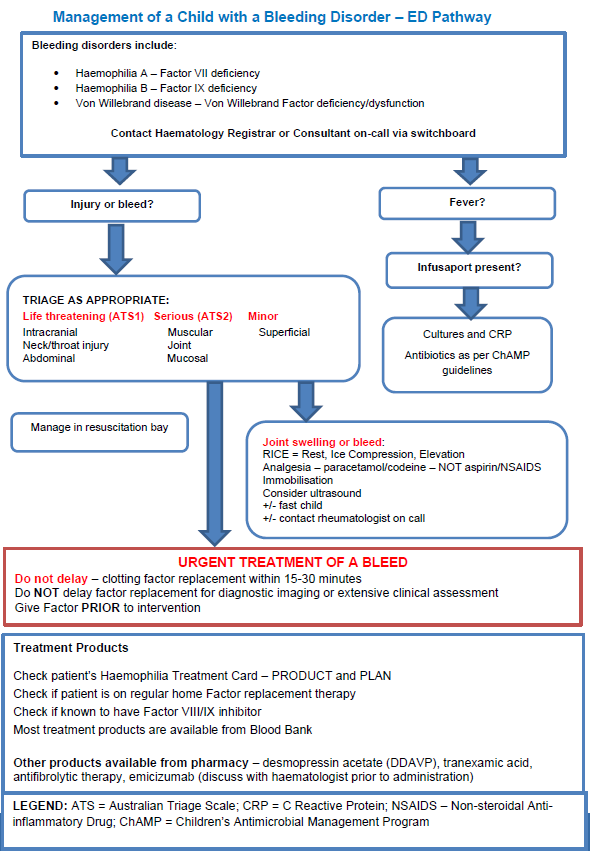
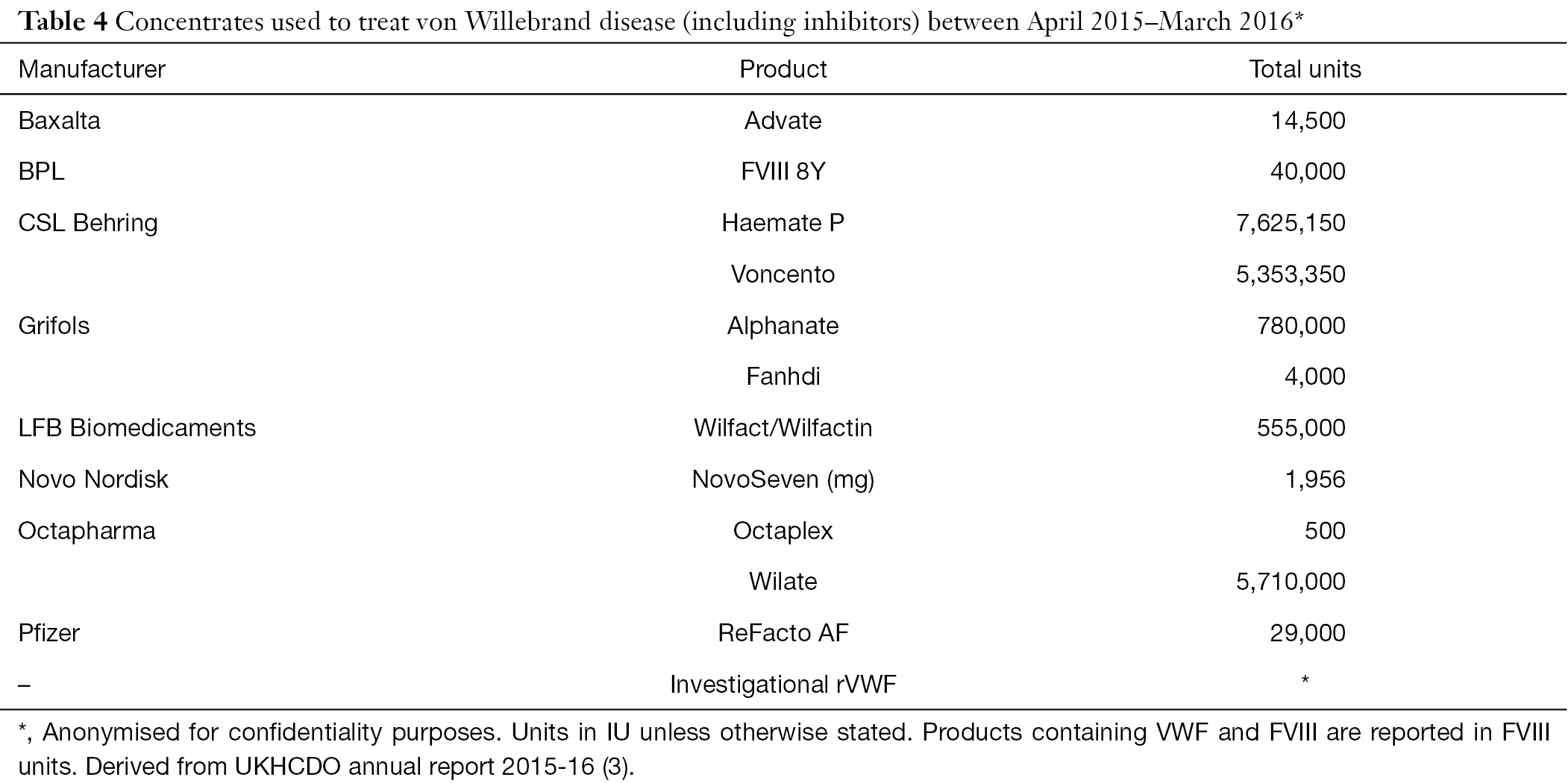


Post a Comment for "Nursing Diagnosis For Von Willebrand Disease"